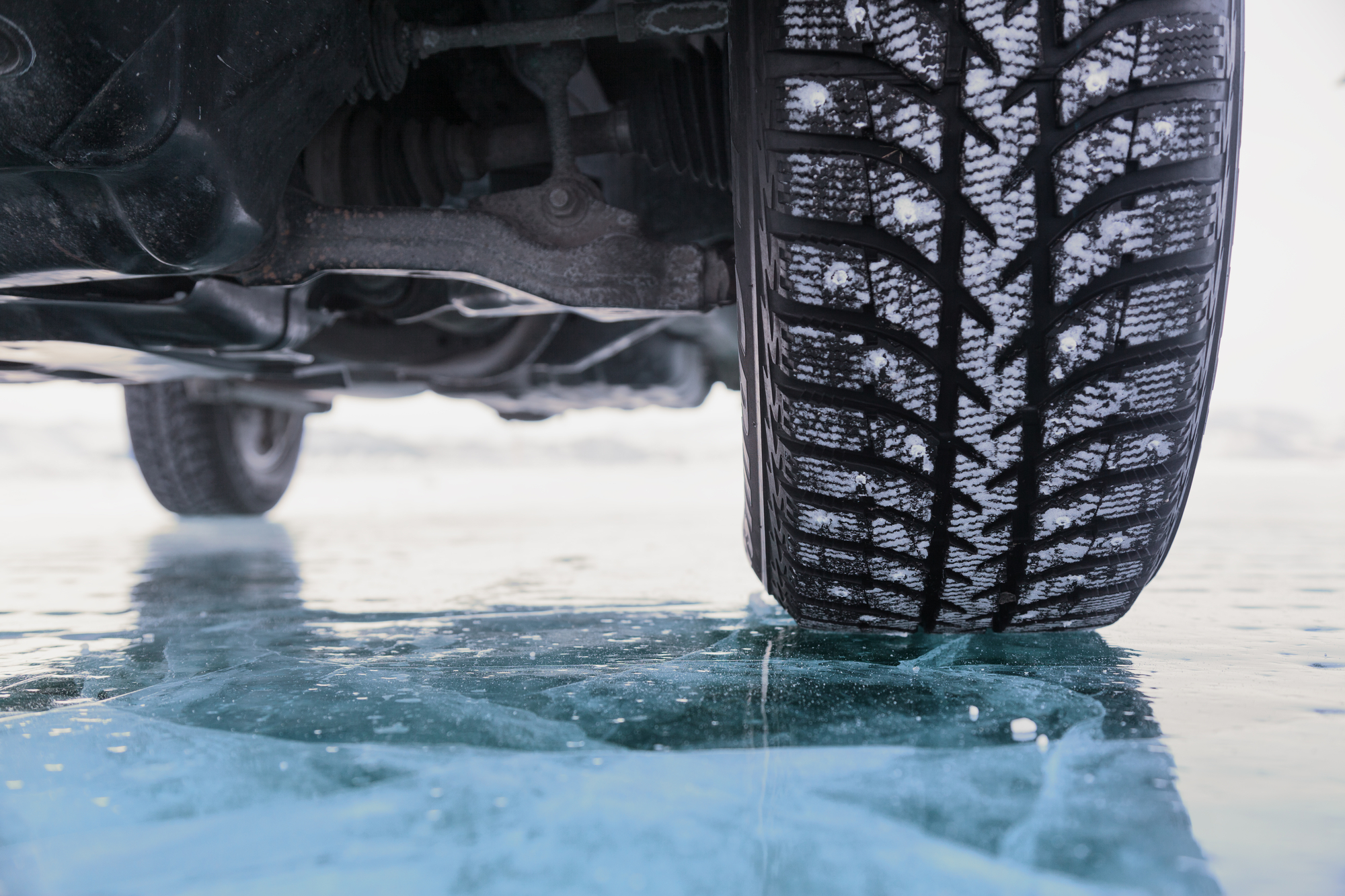Are you properly inflating your tires?

Tires do not require much attention other than the regular thread check every driver must do. However, when it comes to overall safety, it’s one of the things considered to have the most immediate impact. Bursting a tire on the road could lead to injury and serious damage to your car. Hydroplaning on wet roads is also a big problem. Therefore, tires, even though they do not require much maintenance, must always be checked and properly maintained. One way to keep your tires in perfect health is through proper inflation. But the question is, are you inflating your tires properly?
Tires are not cheap, especially good quality ones. Therefore, you’ll want to squeeze out as many miles from it as possible. maintaining the right pressure for your tires will ensure that they run in good condition and therefore lessens wear and tear. Irregular and uneven wear on tires can lead to tire failure.
How often should you check your tires’ air pressure?
Ideally, the tires should be included in your monthly maintenance checklist. Tires, given that they carry the load equal to the weight of the whole vehicle, lose air pressure over time. They lose around 1 pound per square inch (PSI) of air pressure every month.
However, during cold seasons, you should check your tires’ air pressure more often. According to tire manufacturer Bridgestone, tires lose around 1 PSI for every 10 degrees F change in temperature. This is also the reason why the best time to check your tire’s air pressure is when it’s cold or when the tires have been at rest for at least three hours.
Use a tire pressure gauge to find out if your tires are over- or under-inflated.
How is proper inflation done?
What is your tire’s proper air pressure?
People usually check the sidewall of the tires for the recommended tire air pressure. While it is not exactly wrong, it can be considered bad practice since that tire pressure recommendation is the maximum. Driving with tires with maximum air pressure can affect your traction and braking. It can also make your tires wear faster.
The proper tire pressure for your car is in your car’s manual. You can also check the driver’s door jamb for it.
What is the importance of proper air pressure?
Properly inflated tires affect driving comfort. Car handling is directly affected by ill-inflated wheels. You can lose stability when driving because of your tires.
Pay attention to both under- and over-inflation as they can both negatively affect your tire’s wear rate. Over-inflated tires typically wear out in the center, while under-inflated tires wear out on the sides.
Proper inflation also affects speed and acceleration. Under-inflated tires have contact with greater road surfaces resulting in better acceleration. However, it decreases rolling resistance and can, again, wear your tires more quickly.
This is how important keeping your tires inflated with the right air pressure is. Other than keeping you on the road, it ensures proper handling and traction. Plus, it keeps your wallet safe from unnecessary expenses.